Power transfer or all-round comfort and style? S-Works Ares vs Torch head to head
We pit the S-Works Ares vs the S-Works Torch to find out which top-of-the-line Specialized road bike shoe makes the most sense for you

Road cycling shoes are incredibly diverse and the breadth of options is somewhat staggering. Whatever you are looking for there is an option out there, and our guide to the best cycling shoes, despite being one of our longer lists, is only a small slice. Even among all that competition we still have two Specialized S-Works level shoes in there.
The reason, of course, is that Specialized makes some of the best road cycling shoes on the market. The other reason is that it makes a lot of shoes, and not just a lot of shoes across the lineup of pricing either. Unlike most brands, Specialized makes a lot of top-tier shoes that each cater to small differences in riding styles, as broken down below:
- S-Works 7: All-rounder
- S-Works 7 Vent: Hot weather and indoors
- S-Works 7 Lace: All-rounder, lace-up, classic aesthetic
- S-Works Exos: Lightweight, hot weather
- S-Works Ares: Power transfer, a sprinters shoe
- S-Works Torch: All-rounder
Whichever S-Works shoe you buy, you can expect to spend a considerable amount of money on a high-performance product, but with so many, what are the differences?
The S-Works Torch is the latest of the options from Specialized, so it's natural to wonder if that means it's the best. Having spent a lot of time in both the S-Works Torch and the earlier S-Works Ares, we are ready to discuss how they compare. Keep reading to see how they differ and which one makes sense for you.

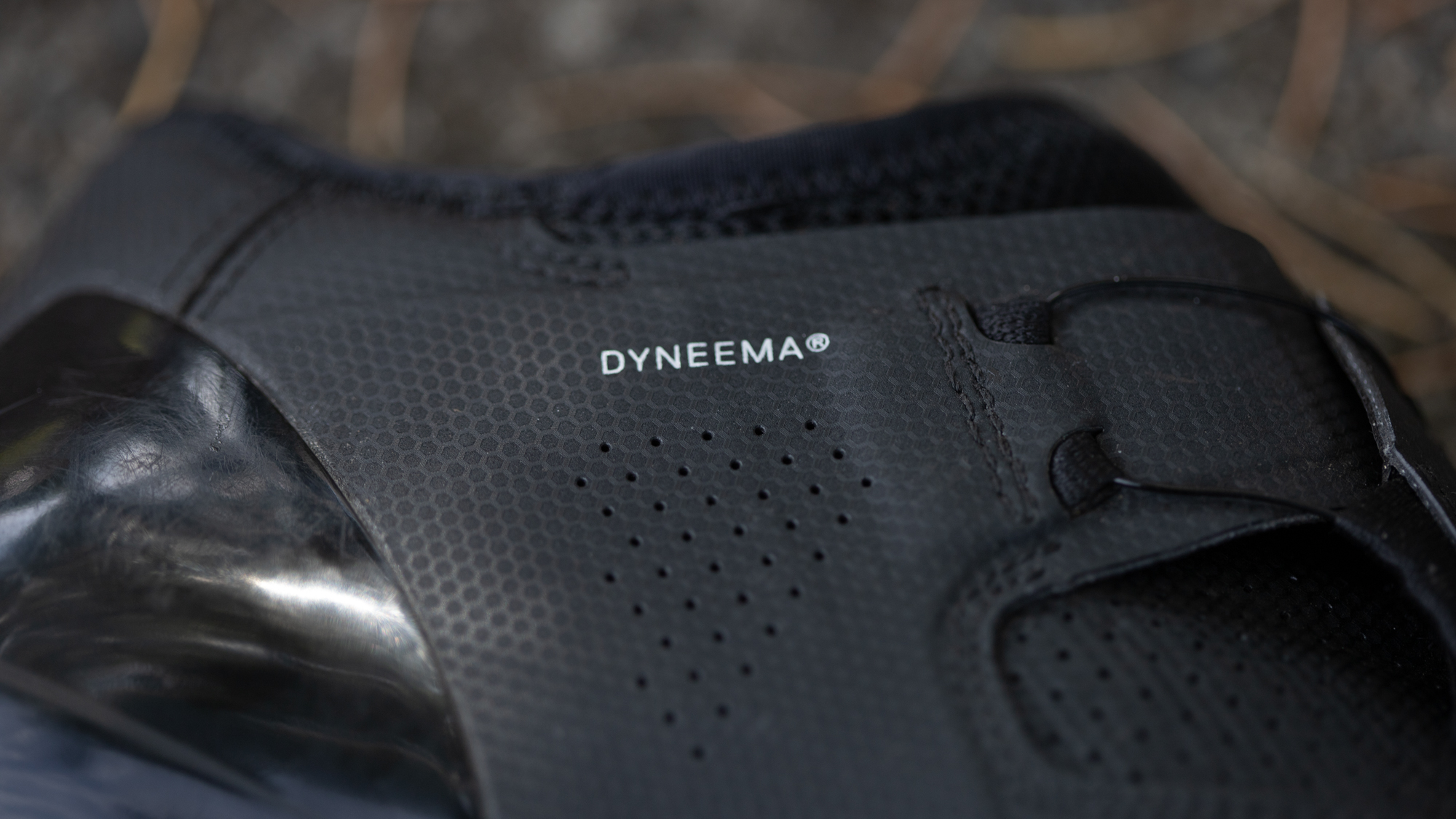
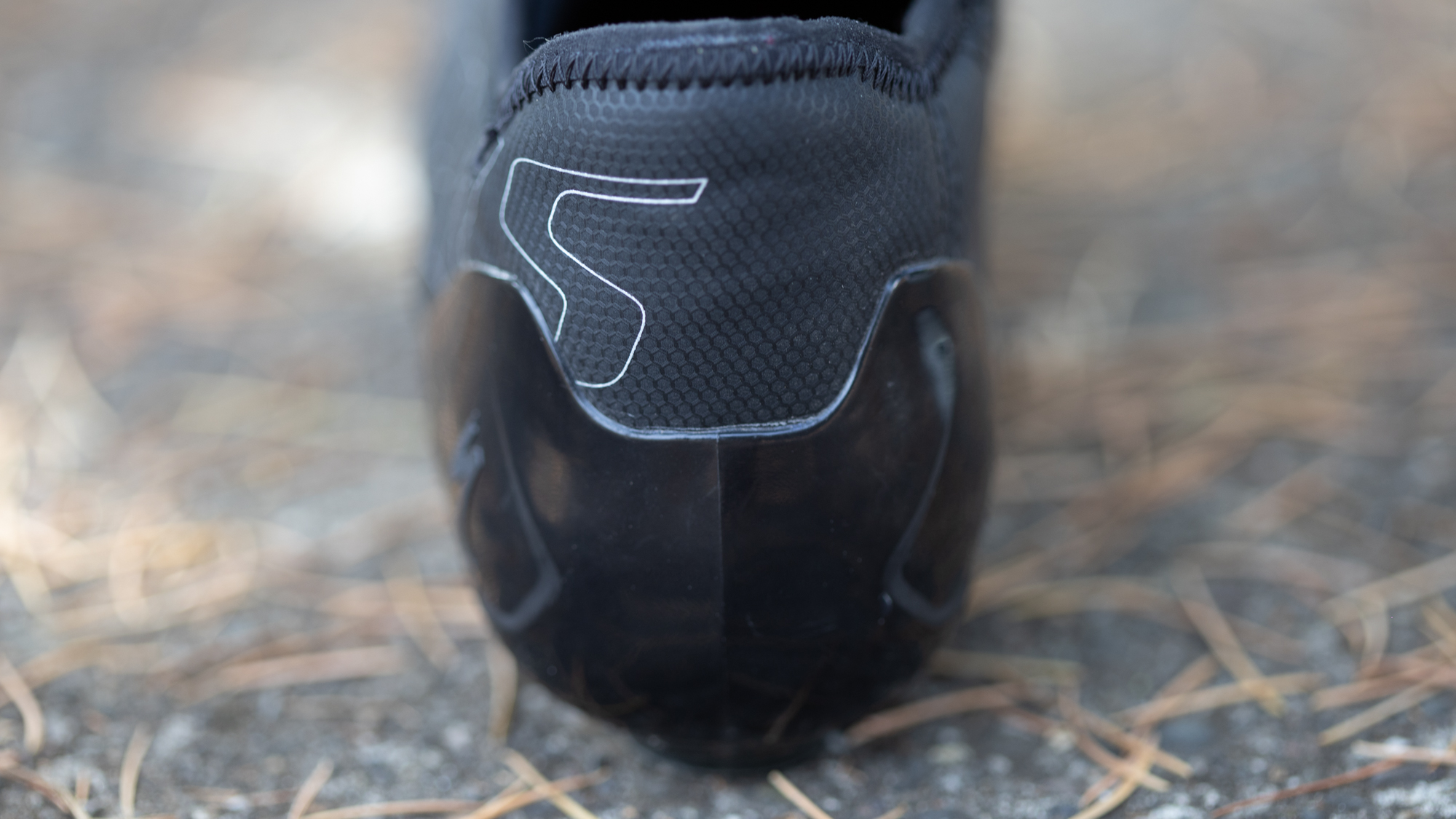
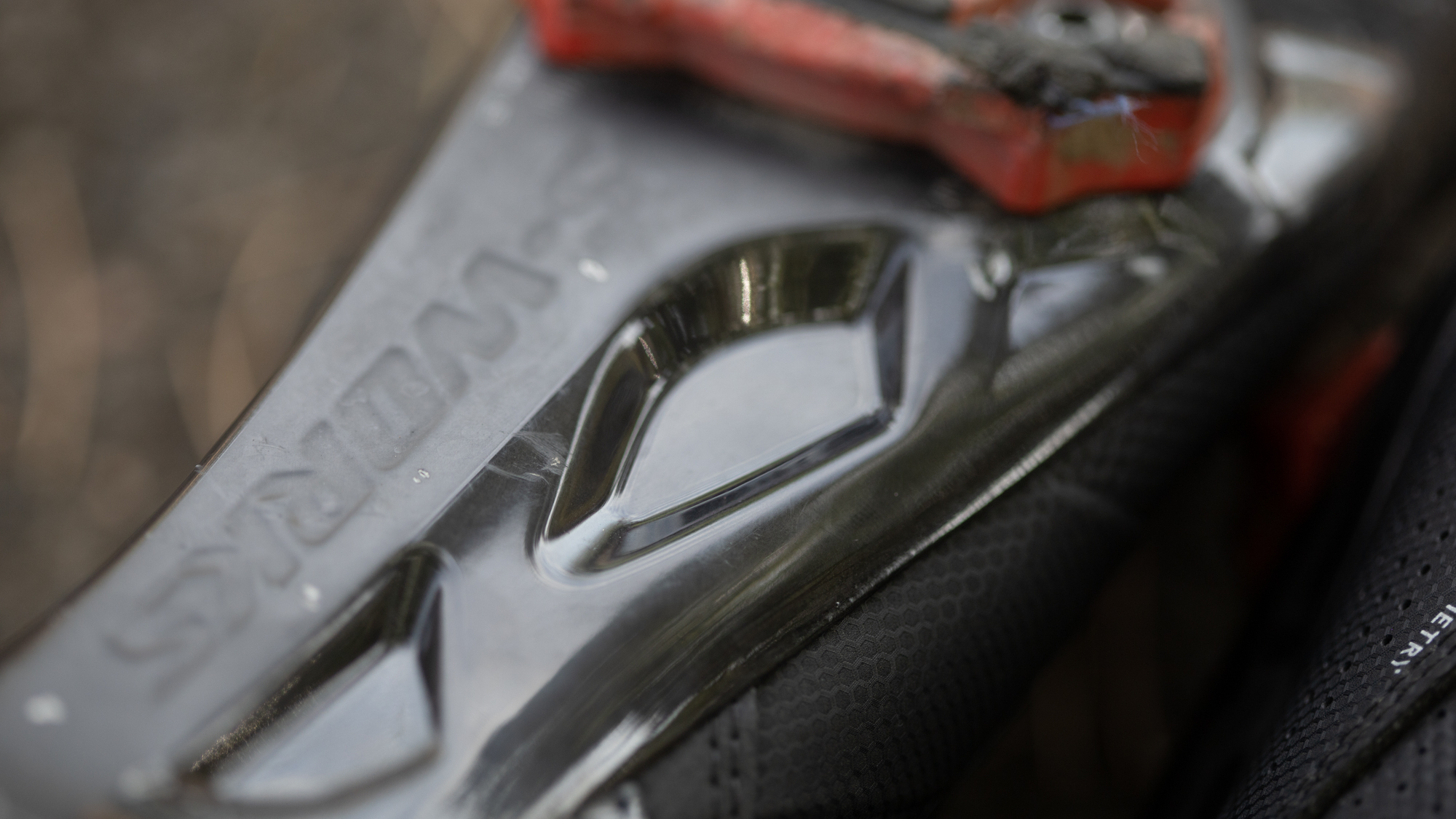
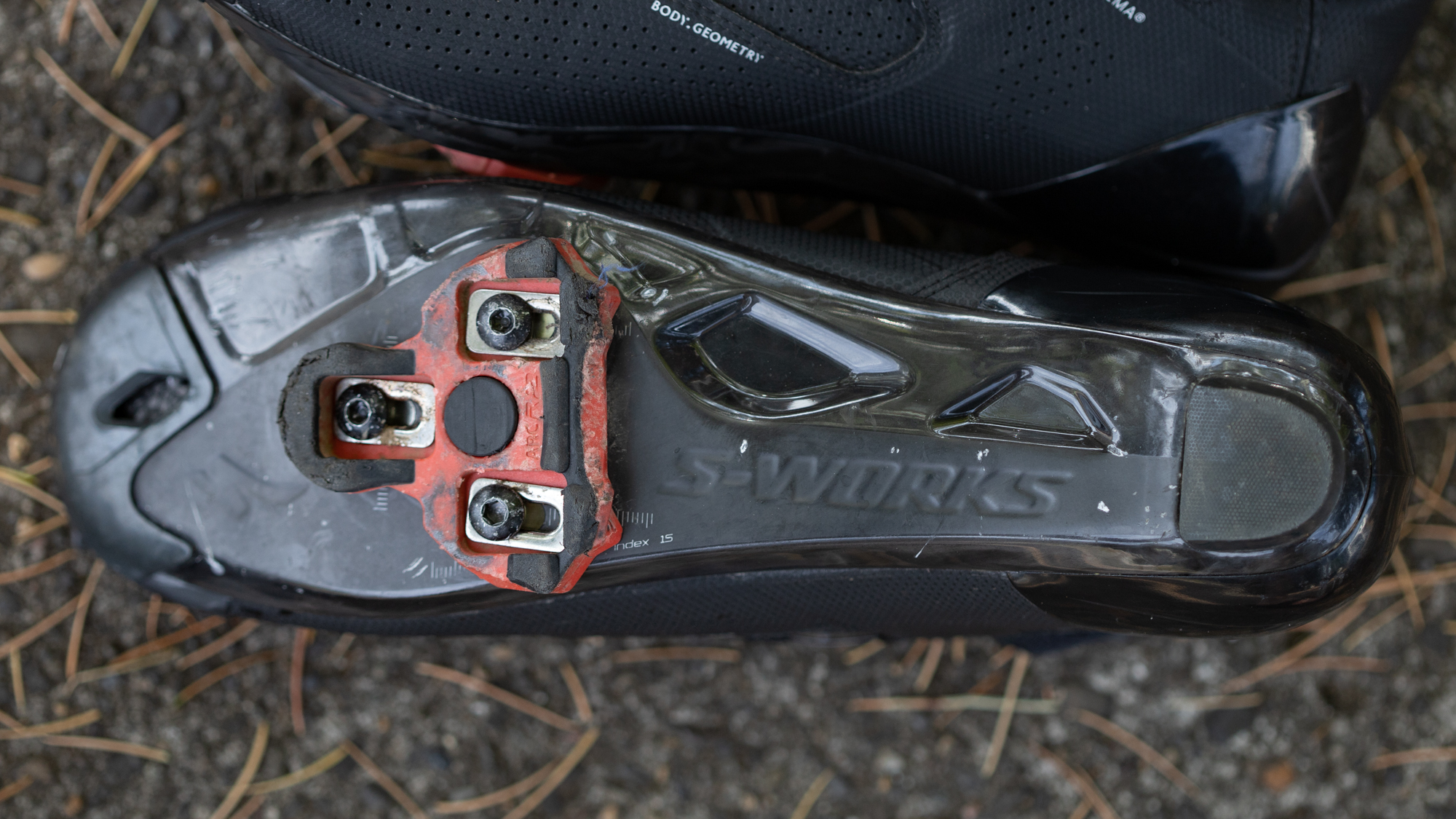
S-Works Ares
The tag line for the Ares is "Faster at the finish line." There's also quite a bit of info about how they are one per cent faster at the finish line than anything Specialized ever made before. That claim comes from the beginning of 2021, long before the S-Works Torch, but it's still an indication of the focus of the shoe. Developed together with Tour de France sprinters Sam Bennett and Mark Cavendish, this is a shoe designed for sprinting.
What that means in practical terms is that the design keeps the foot in contact with the sole no matter how explosive your power output might be.
Getting there means a couple of things: the first is the closure system, which uses a pair of dual Boa dials in the Li2 flavour. The Li2 dial is the most advanced dial that Boa offers. It has more adjustability via more teeth, its lower profile, and when tightened it draws in the cable from both sides at the same time. The Ares also mounts the dials up high and fairly close to the shoe's centre line. This minimises the cable distances when closed for less movement.
The latest race content, interviews, features, reviews and expert buying guides, direct to your inbox!
The other piece of the puzzle is what sits below the closure system. The Boa dials attach directly to a Dyneema outer. It's lightweight but it's also incredibly resistant to stretching. The Dyneema connects both sides of the Boa to the carbon sole in a wide, stable, manner that not only helps with normal riding, but also resists the outward roll of the foot. This is because when pulling up through the pedal stroke in a sprint, the tilt of the bike means the angle of the pedal stroke isn't directly parallel with the bike. Therefore, reducing this roll helps to reduce any power losses through material stretch.
The Boa connection still isn't the most defining feature though. For that, you go one layer deeper. Underneath the Dyneema outer is a 3mm thick air mesh sock liner. It replaces the tongue and takes the place of any padded area forward of the heel cup. There's also Dyneema reinforcement throughout much of it.
In the case of the Ares, the carbon sole gets less air time than the Dyneema and the sock liner, but it's still worth noting some details about it. It's the same as used on the S-Works 7, and on the inner edge there is a very robust side that comes up the arch and as it connects to the rest of the plate there's a sharper edge than is typical. Keeping it as light as possible means a trussed design with depressions on the outer edge leaving the thickest section unbroken along the inner edge. This is somewhat similar to the Giant Exo-Beam design in the Giant Surge Pro shoes.
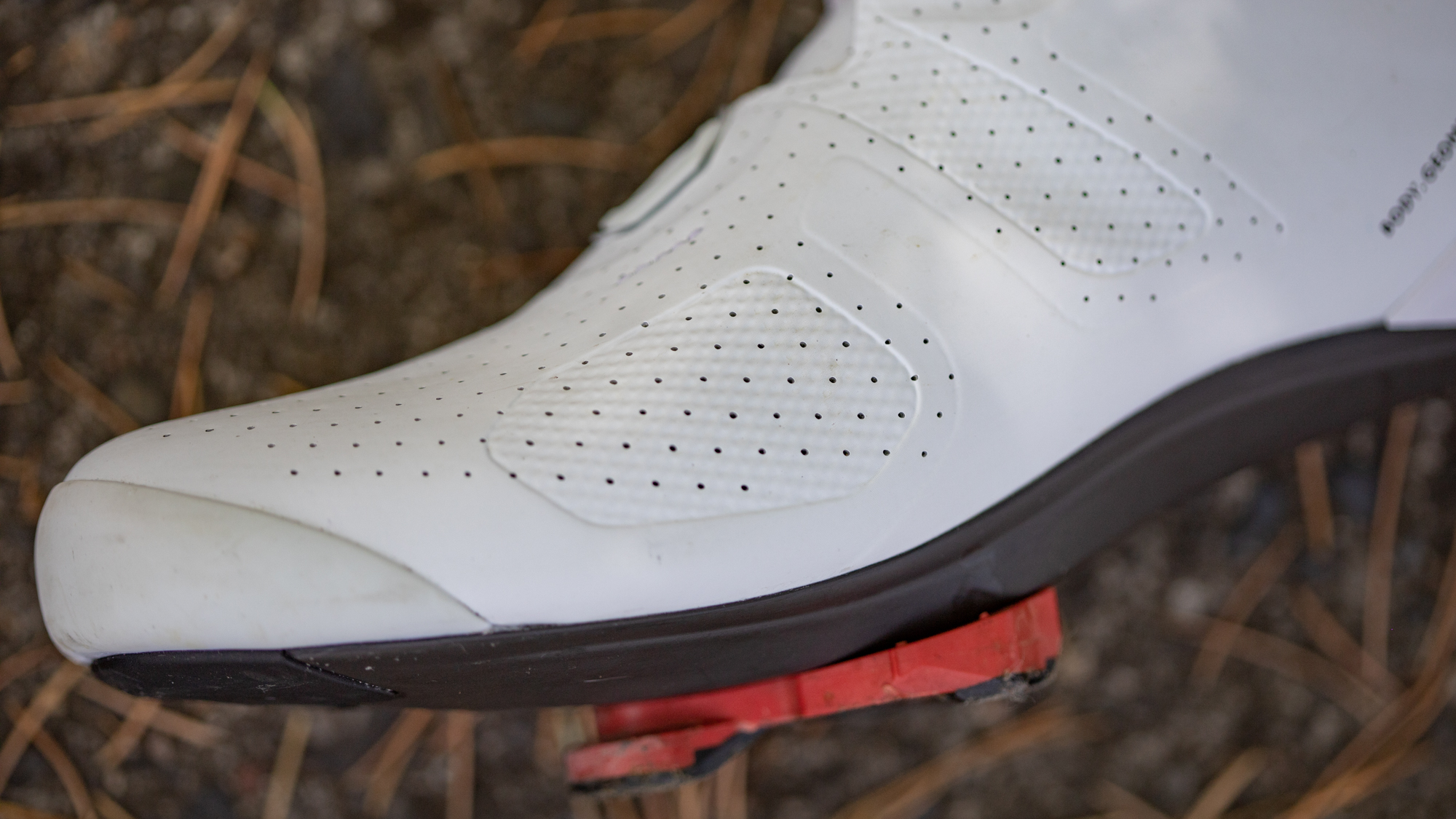
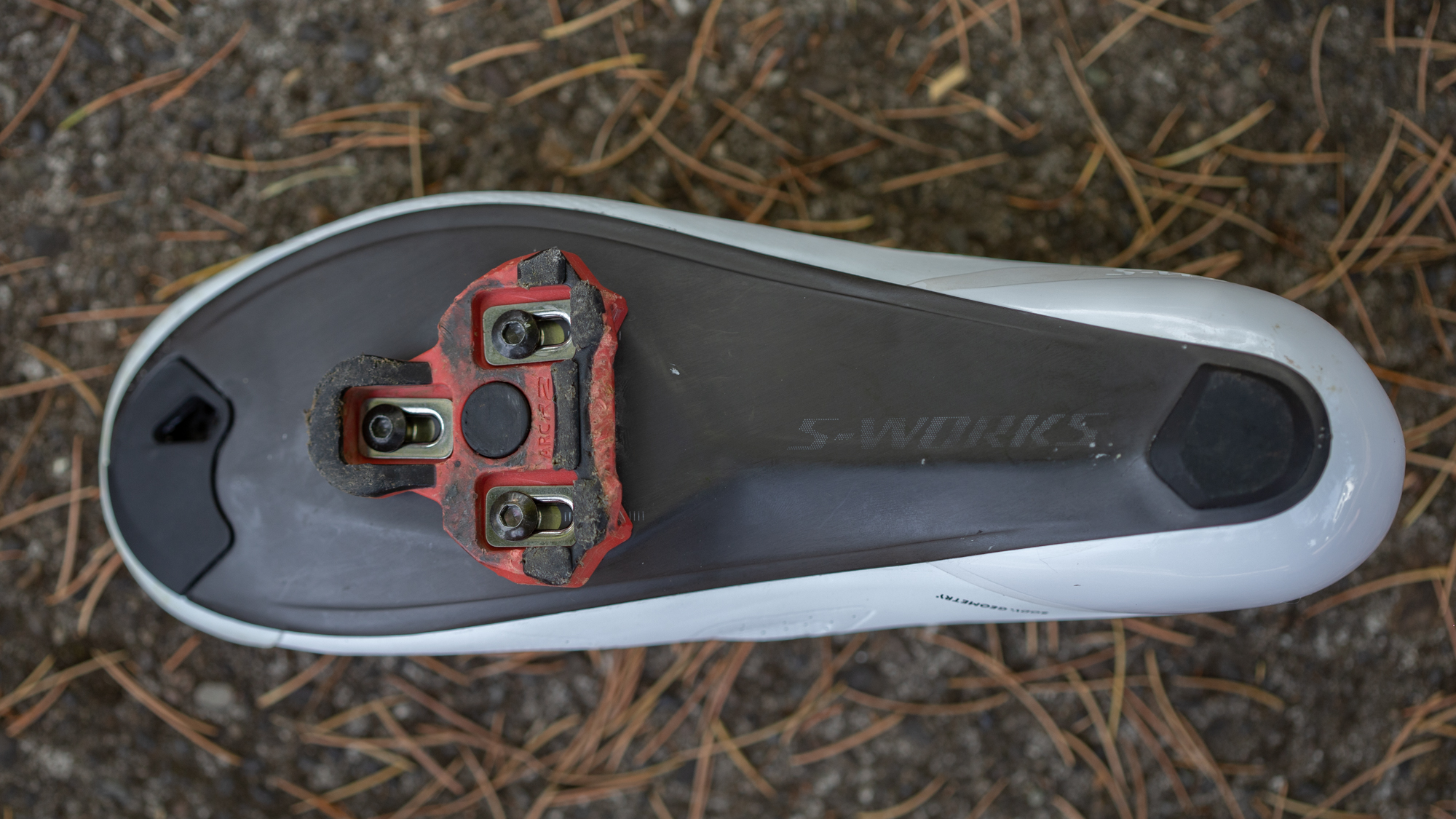


S-Works Torch
The first thing we need to establish is that for those familiar with Specialized shoes, the S-Works Torch supersedes the S-Works 7. The reason it went with S-Works Torch instead of calling it the S-Works 8 is because Specialized wanted its customers to understand that the Torch 1.0, 2.0, and 3.0 were in the same family. The other problem identified was that the generational number made for confusion about how they compared with shoes like the Ares. Often, consumers expected that the latest S-Works was the best shoe available. The reality is that there are different options and one is not positioned as better.
The point of the S-Works Torch is to offer an all-around option as opposed to the sprinter-specific Ares. While the Ares uses the same carbon sole as the S-Works 7, the Torch has a more specific design. Using data from more than 100,000 foot scans through the Retül fit data, Specialized identified the need for a wider shoe. The standard width of the plate is 4mm wider while there is also a 7mm wider option available as well.
Besides the adjusted width, there's also a bit of new innovation applied to lighten the sole. The Torch is 23 grams lighter overall than the Ares and it would seem that all comes from the changes here. Visually, it looks positively dainty with a very smooth outer, and while the I-beam design still exists, it's now internal. Externally one of the only details is what Specialized refers to as a 'pie crust' edging, which is there to help with production. Specialized says the small step, as shown in the images above, allows better compression at the edge of the plate, which in turn allows for less resin to be used, thus reducing weight.
Flip the Torch over and you see the real difference between the Torch and the Ares. Gone are the Boa Li2 dials in favour of the Boa S3 Snap dials. These were co-developed with Specialized at the launch of the S-Works 7, and there's no way to sugarcoat that they are less advanced than the Li2. The focus is on making them look good. They do indeed look amazing, and they also feature a metal construction that is a joy to touch. Unfortunately, they are less precise, and when tightened, they only pull one side of the cable at a time, then when it's time to get loose, they don't pop to release.
In the outer, Dyneema has disappeared and in its place is a multi-layer synthetic design that feels somewhat similar but allows more stretch. Remember, the whole point of the Ares is to lock down your foot. In contrast, the Torch has engineered flex. The Boa straps connect in a narrower area but there's still a triangulated connection to the carbon sole. On the outside, those lines of reinforcement are completely gone and the structure of the upper provides all the strength.
The differences continue on the inside. Instead of the sock design, the Torch uses a traditional tongue, with padding, and in the rest of the area from the heel cup forward, it's unlined. The leather-like outer has a leather-like inner and it conforms to the foot without padding needed.
The heel cup represents another change between the two shoes. The Ares uses a symmetrical outer reinforcement while the Torch has gone asymmetric. This is again pulled from data gleaned from Retül and the idea is to add additional room to accommodate the Achilles tendon in order to increase comfort. On the inside, the two designs are almost identical but the Torch is a little wider at the back, and top, of the heel cup.
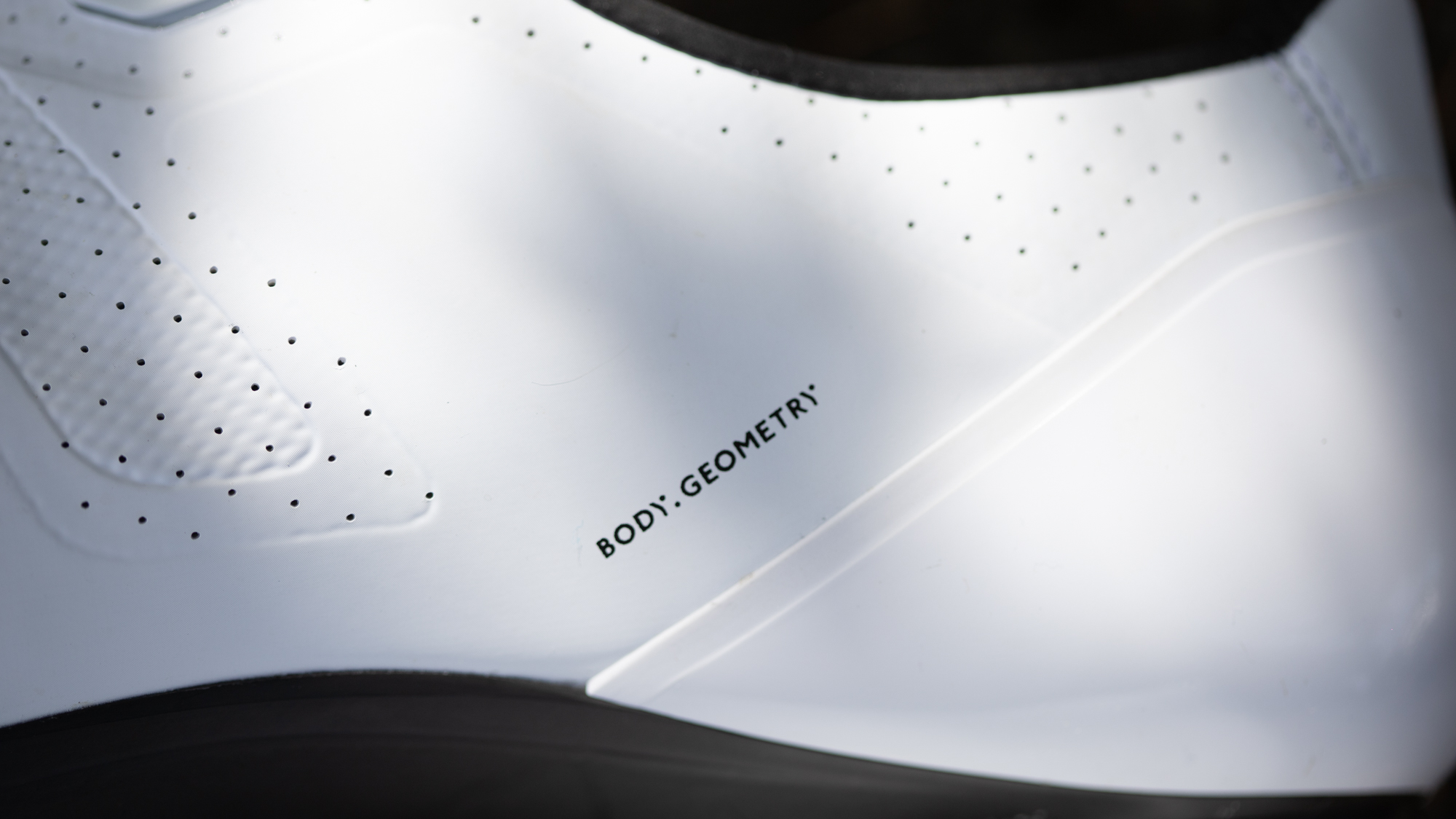
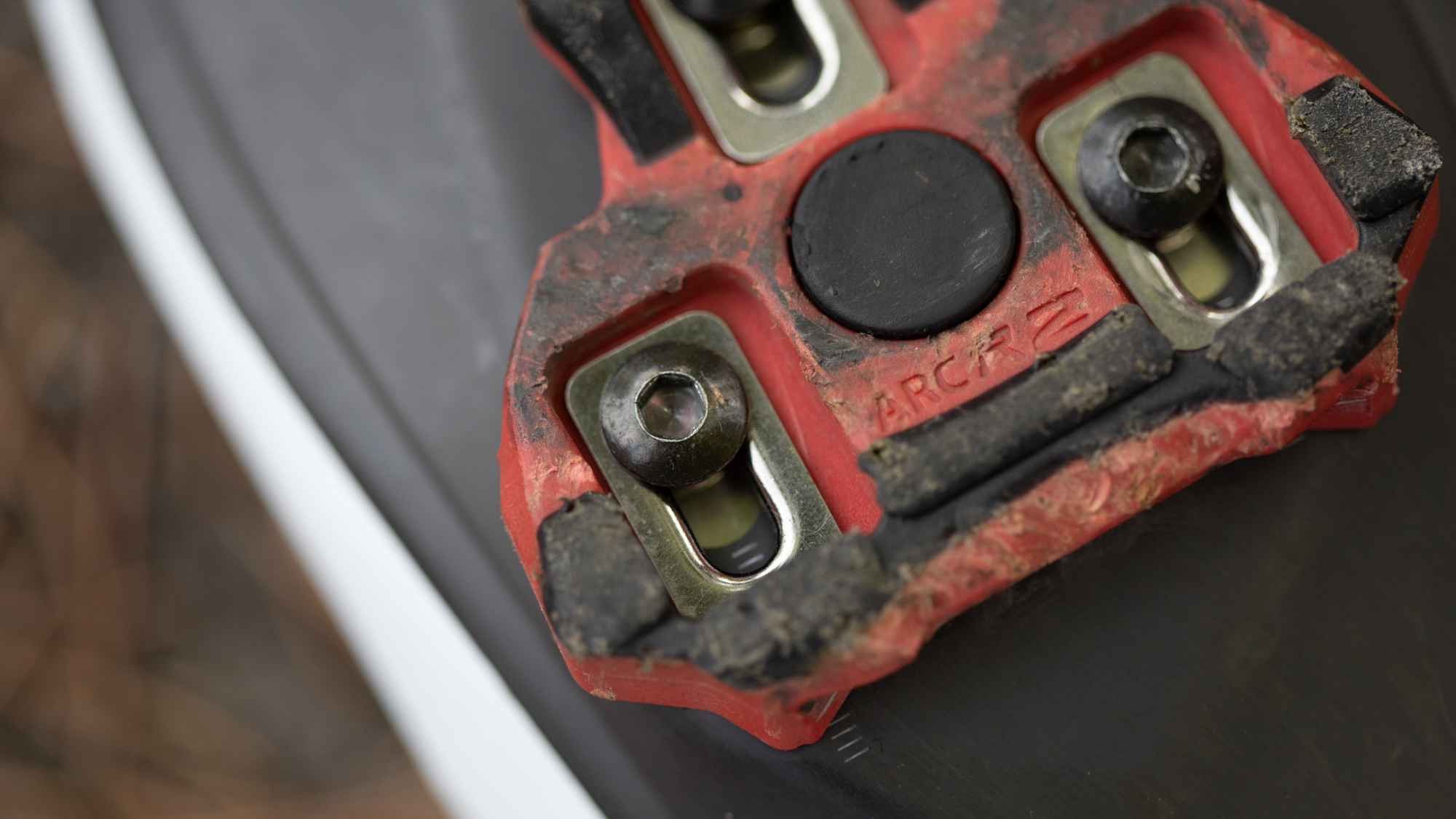
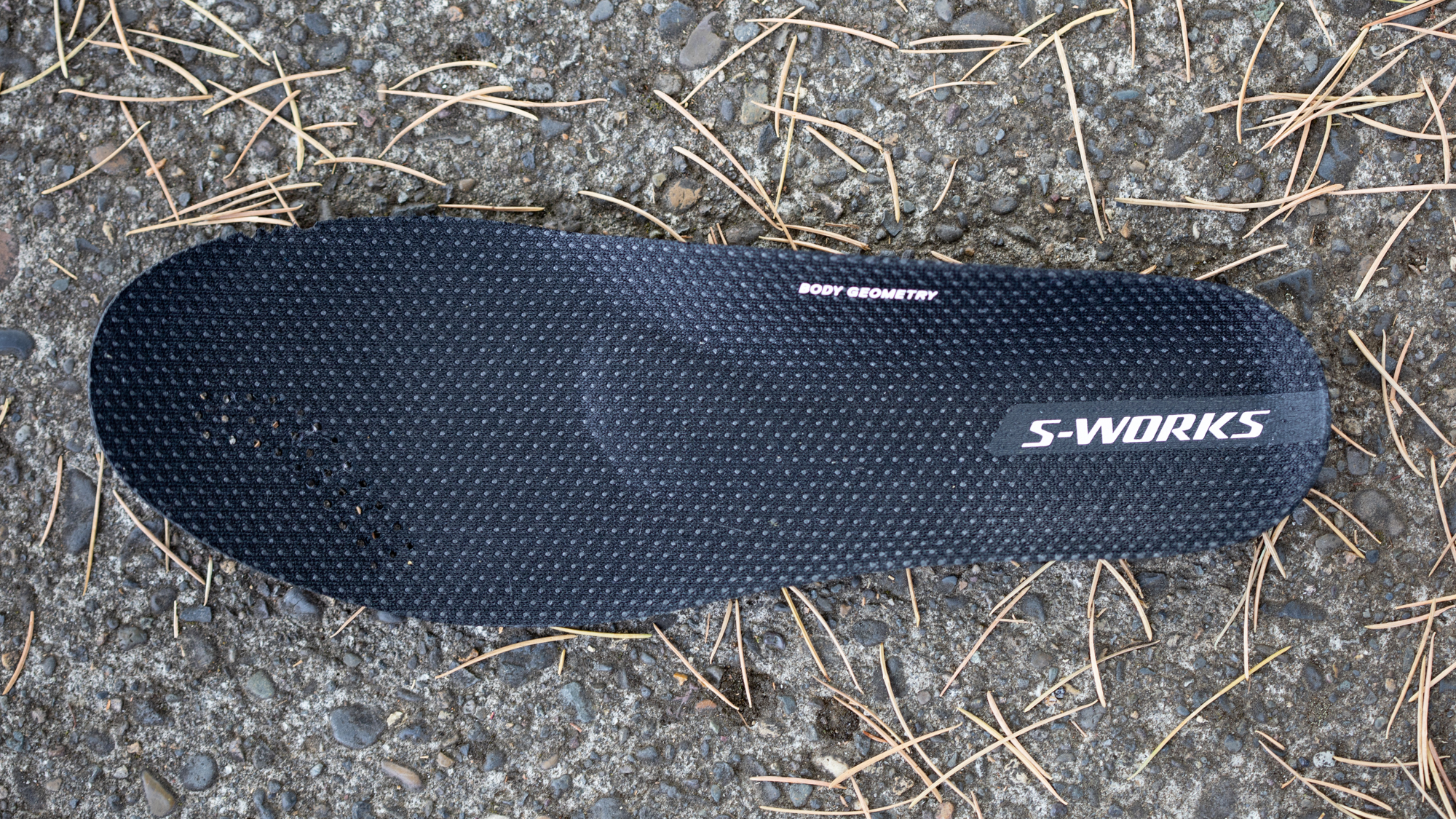
What’s the same?
One of the best features of modern Specialized road shoes is the rounded toe box and ample toe protection. The two shoes are almost exactly the same in this area. Both shoes have no tread at the toe but rather a section of plastic at the front of the carbon plate. This section houses the vent in both shoes and while it's reshaped slightly, the design, as well as the slightly reshaped toe cap, is basically the same. Both shoes have ample venting in the toe and excellent protection from tyre rub during toe overlap.
Also the same are the three pillars of the Specialized Body Geometry approach. The first piece is a 1.5mm built-in lift on the inner edge of the insole Specialized calls the Varus wedge. It's meant to better align the ankle, knee, and hip and Specialized claims an increased power output leading to a slight advantage in time to exhaustion. The next piece is a higher arch called Longitudinal Arch Support, and the final pillar is the Metatarsal button that lifts and separates the bones of the forefoot to help relieve numbing issues.
The last piece of shared design worth highlighting is the cleat attachment. Road shoes use a three-bolt cleat attachment pattern that works for road-specific pedal cleats. That is the same on both the Ares and the Torch, but what is different is how they adjust compared to other brands. Typically shoes that have adjustable cleat mounts use nuts that can slide forward and backwards inside a groove for around 5mm of adjustment. Specialized does this a bit differently, by using a nut that needs to be flipped inside the shoe to transition from its front and rear position. It's a little more fiddly than most, but the end result is the same.
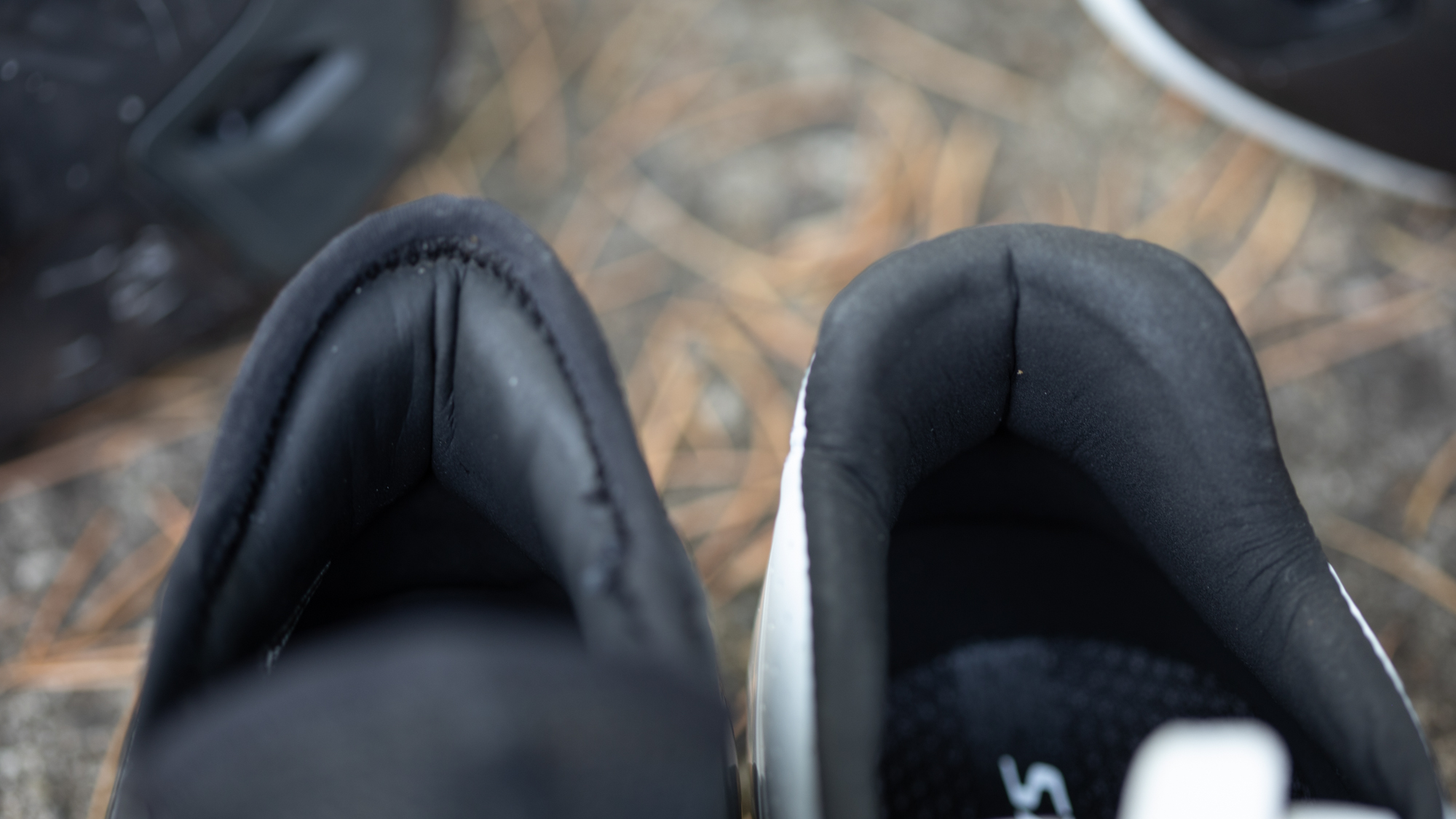

Which shoe is right for you?
Despite claims to the contrary, the Torch is clearly the more advanced shoe in the Specialized lineup. It came out a year after the Ares and particularly in the sole, there are some very obvious manufacturing advancements. Don't expect to feel a 20-gram difference on your foot, but the way that Specialized managed that 20-degree weight loss is through technological advancement in carbon plate construction. The brand actually claims that any competitor lacking the small 'pie crust' in the sides is leaving extra resin in the carbon.
Still, even with a technically more advanced carbon plate design, you may not want to choose the Torch. The Boa dials on the torch are quite a big step backwards. The lack of a pop-to-release function is a negative, and it doesn't help that there's not enough cable to fully open the shoes even when the dials are as loose as possible. When on your feet, there's less precise adjustment owing to fewer teeth.
Those little details aren't actually what will likely be the deciding factor though. The biggest change between the two shoes is the width. Specialized already used one of the roundest and widest toe boxes on the market. It's a defining feature of both shoes and if you love it but want to go even further, then the S-Works Torch will do that. The whole shoe is wider and there's more flex in the upper.
The Torch is a more comfortable shoe but it does allow more movement. Those who don't fancy themselves as sprinters probably won't care much about slight separation from the sole if it even happens. That's not the only movement the Torch allows though. The wider shoe also allows more fore and aft movement and that can lead to toes touching the front of the shoe more. If you want to keep your foot locked in with less pressure, the Ares will do that for you.
There is another reason some might choose the Torch. Discussing technical details is only a part of the story. The other is aesthetics. For some, it will seem funny to decide between two very high-tech shoes based on aesthetics but the Ares is a controversial design and Specialized seems to be aware of that, because surrounding the release of the Torch, aesthetics was absolutely part of the discussion.
The fact that the metal Boa dial is beautiful is one of the reasons it's there. You might also notice a more refined and reserved look to the Torch overall and it has an easy-to-clean outer. Should you get caught in a bit of rain, the Torch will come clean while the Ares may not ever look quite the same - especially if you get them in white and get the inner sock dirty.
Tech Specs: Specialized S-Works Torch road shoes
- Price: £385 / $450 / €440
- Sizes: 36-49 (EU)
- Fit: Standard and wide
- Weight: 440g (actual, size 43 without cleats)
- Retention: Twin Boa S3
- Colours: White, Black and Green
Tech Specs: Specialized S-Works Ares road shoes
- Price: £375 / $425 / €440
- Sizes: 36-49 (EU)
- Fit: Standard and wide
- Weight: 487g (actual, size 43 without cleats)
- Retention: Dual Boa Li2 dials
- Colours: White, Black, White/Black, Turquoise fade, Red fade, Red/Black
Josh hails from the Pacific Northwest of the United States but would prefer riding through the desert than the rain. He will happily talk for hours about the minutiae of cycling tech but also has an understanding that most people just want things to work. He is a road cyclist at heart and doesn't care much if those roads are paved, dirt, or digital. Although he rarely races, if you ask him to ride from sunrise to sunset the answer will be yes. Height: 5'9" Weight: 140 lb. Rides: Salsa Warbird, Cannondale CAAD9, Enve Melee, Look 795 Blade RS, Priority Continuum Onyx
